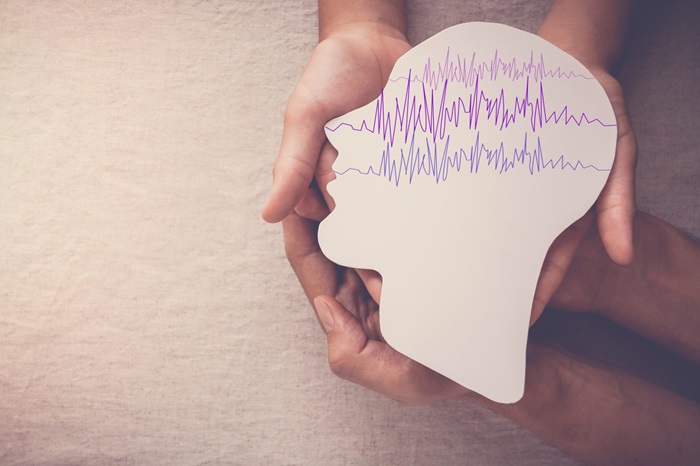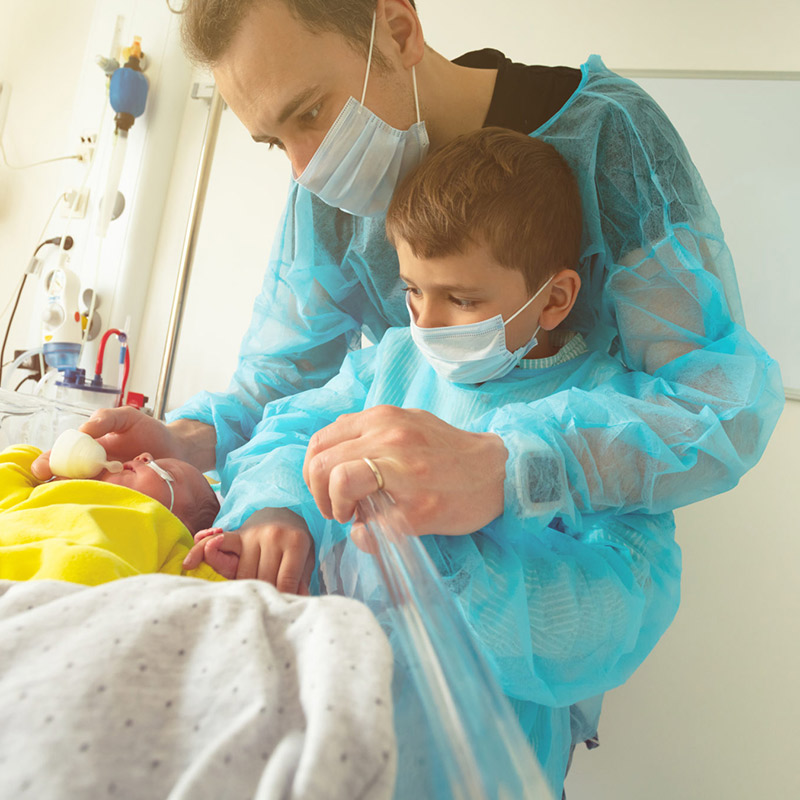How to Care for a Child With a Seizure Disorder

August 16, 2021
Nationwide, there are roughly 470,000 children with epilepsy, according to the Centers for Disease Control and Prevention. That means in a school of 1,000 kids, about six of them may have epilepsy, a neurological condition characterized by two or more unprovoked seizures.
A seizure, defined as a single occurrence of abnormal brain activity, can be terrifying for parents to witness. A seizure can look like many different things, but typically includes:
- Sudden stiffening of the body
- Loss of consciousness
- Staring
- Jerking movements of the arms and legs
- Breathing problems
- Loss of bowel or bladder control
If your child has been diagnosed with a seizure disorder, three key steps can help you ensure their safety:
- First, make sure your child takes their seizure medication regularly. A missed dose could lead to more seizures, according to the Epilepsy Foundation. “We can often get control of seizures with medication, but we have to tailor it specifically to the individual and you have to be religious about taking it, says Richard Sultan, D.O., director of child neurology for in-patient services at Hovnanian Children’s Hospital at Jersey Shore University Medical Center.
- Second, make sure you know what to do during your child’s seizures. While there are different types of seizures, first aid may include supporting their head, keeping them on their side, timing the episode and not putting anything in their mouth.
- Next, learn what triggers a seizure in your child and do your best to avoid it. For instance, lack of sleep can often trigger a seizure, so make sure your child goes to bed on time and gets adequate sleep.
Other things you can do to help keep your child safe include:
- Using a baby monitor in their room at night to watch for seizures during their sleep
- Making sure babysitters and caretakers know seizure first aid
- Encouraging kids who are old enough to bathe alone to take showers instead of baths to prevent the risk of drowning
The key is to stay vigilant and regularly communicate with your doctor. Your doctor will be able to tweak medications if necessary, but they’ll need you to provide them with accurate information in order to do so.
Also remember: Children are extremely resilient, Dr. Sultan says.
“Many adults may take longer to recover after a seizure,” he says. “But kids often recover so much more quickly.”
The material provided through HealthU is intended to be used as general information only and should not replace the advice of your physician. Always consult your physician for individual care.
Find a doctor near me
PCOS vs. Endometriosis: What’s the Difference?

Understand PCOS vs. endometriosis differences. Learn key symptoms & treatments from Dr. Appelbaum. Get expert care. Call 800-822-8905.
Five Tips for a Healthier Workout

Three of our cardiologists share how to fit heart healthy exercise into even the busiest schedules.
Find a doctor near me

4 Ways You Can Help NICU Parents
Support NICU parents. Learn 4 ways to help from Joseph M. Sanzari Children's Hospital doctors. Offer practical and emotional support.

The Numbers Behind Parkinson's Disease
Understand Parkinson's disease statistics. Learn key facts and figures. Access reliable information now.

8 Possible Causes (and Treatments) for Your Dizziness
Research shows that dizziness, vertigo and balance problems affect about 15 percent of U.S. adults each year.

Is it a Heart Attack? Watch for These Less Common Signs
You may know chest pain, tightness and pressure are classic clues of a heart attack, but a wide range of equally concerning symptoms don’t fall under these “textbook” heart attack signs,
